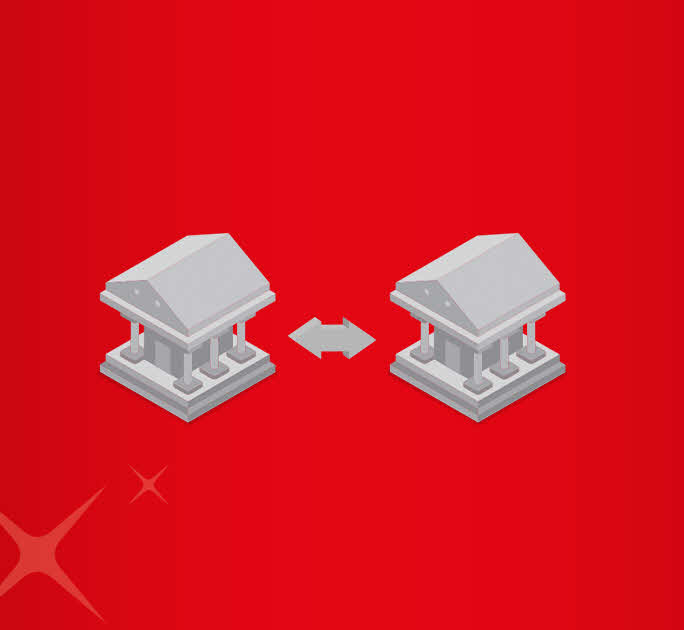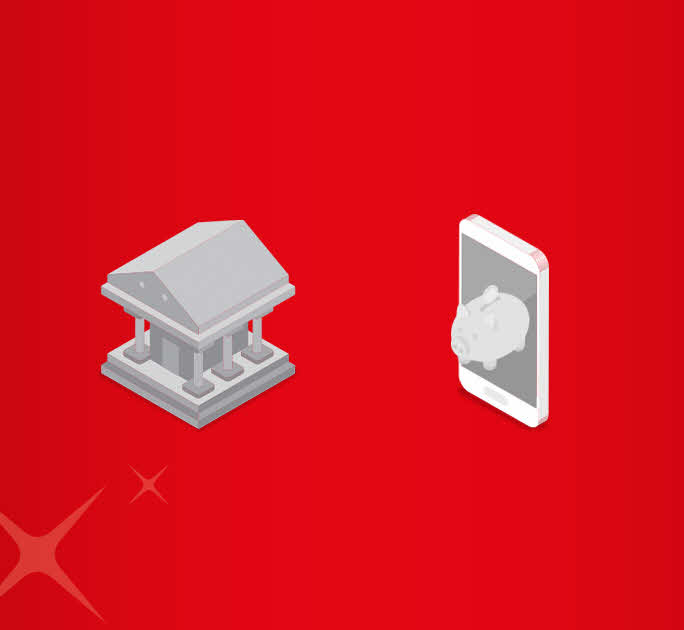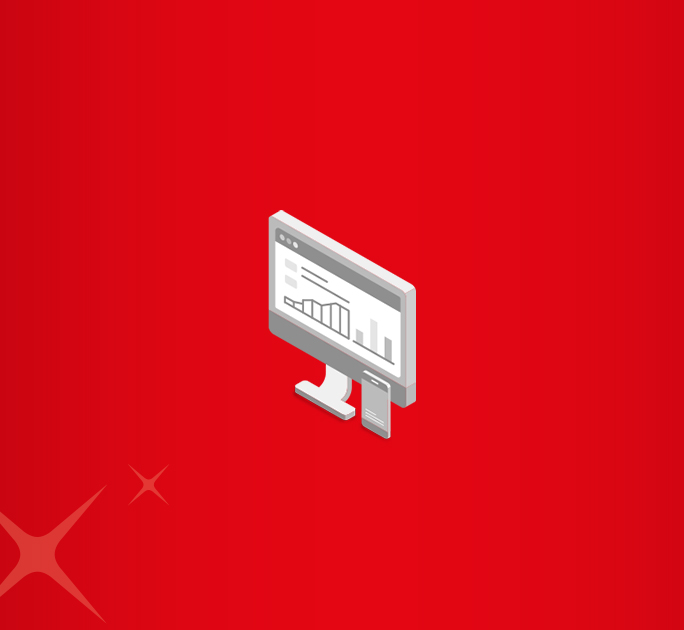- Save
- Invest
- Borrow
- Pay
- More
- Customer Services

APBS – Aadhar Payments Bridge System
APB System – What it is and how it works?
Key Takeaways
- Introduced by the NPCI, APBS full form is Aadhaar Payments Bridge System
- The APB System electronically channel subsidies and benefits to beneficiaries under the Direct Benefit Transfer Scheme.
- Sponsor banks use NPCI mappers to keep track of Aadhaar numbers.
- APB System eliminates transactions through multi-channels.
- The APB system is based solely on the Aadhaar number and does not require bank account details.
The Government of India is continually embracing technological advancements, thereby transforming its reputation as a brick-and-mortar establishment. The give-and-take between the Government of India and the public is more transparent than ever, especially when it comes to the underprivileged sections of society. However, to eliminate any potential pilferage, the government has taken yet another step by introducing ABPS. Find out what APBS is in this article.
What is APBS?
APBS full form is Aadhaar Payments Bridge (APB) System. Backed by the National Payments Corporation of India (NPCI), APBS is a unique payment system. It uses Aadhaar numbers to electronically channel subsidies and benefits from the government to the Aadhaar-linked bank accounts of the beneficiaries. The APB system is based on the Aadhaar number issued by the Unique Identification Authority of India (UIDAI) and the Institution Identification Number (IIN) issued by NPCI.
Government agencies use the APB System to transfer government subsidies and benefits under the Direct Benefit Transfer (DBT) scheme. The system enables the government to implement electronic retail payment transactions while re-engineering its subsidy management operations.
APB System and DBT
The Direct Benefit Transfer scheme allows government subsidies to reach the intended Aadhaar Enabled Bank Accounts (AEBA) of the underprivileged population of the country. DBT was implemented to increase transparency in such transactions, which otherwise would go through a third-party agency leading to the pilferage of government-sponsored funds.
Process Flow of APB System
The government departments or agencies initiate a transaction with their sponsor banks for benefits and subsidies. The sponsor banks use the NPCI mapper, a repository comprising Aadhaar numbers and the IIN number of the Aadhaar-linked bank, to transfer money to the destination bank. Banks upload Aadhaar numbers in the NPCI mapper in a specific format via the National Automated Clearing House (NACH) portal. The NPCI mapper only maintains the Aadhaar number and not the bank account details.
Features & Benefits of the APB System
Having explained APBS full form in banking, let us examine its features.
- Due to automation, the government can eliminate delays, and the entire process is paperless.
- Government benefits and subsidies get transferred promptly and directly into the bank accounts of the beneficiary without the interference of intermediaries or multiple channels.
- Even if beneficiaries change their bank account, they do not need to inform government agencies, as long as the new bank account is linked with their Aadhaar number.
- Beneficiaries may be eligible for multiple bank social welfare schemes but need to provide only one bank account to the government to receive the DBT payments.
Final Note
Persons eligible under social welfare schemes sponsored by the government can avail of the benefits and subsidies. Such individuals must ensure that their Aadhaar number is linked to their bank accounts to receive the benefits under the APB system. APBS aims to automate money transactions while ensuring that the rightful beneficiaries receive their rightful subsidies, regardless of their bank accounts.
Are you looking for a smart mobile banking app? Download digibank by DBS and explore a world of banking facilities in a few swipes and even open your savings account with us.
*Disclaimer: This article is for information purposes only. We recommend you get in touch with your income tax advisor or CA for expert advice.











